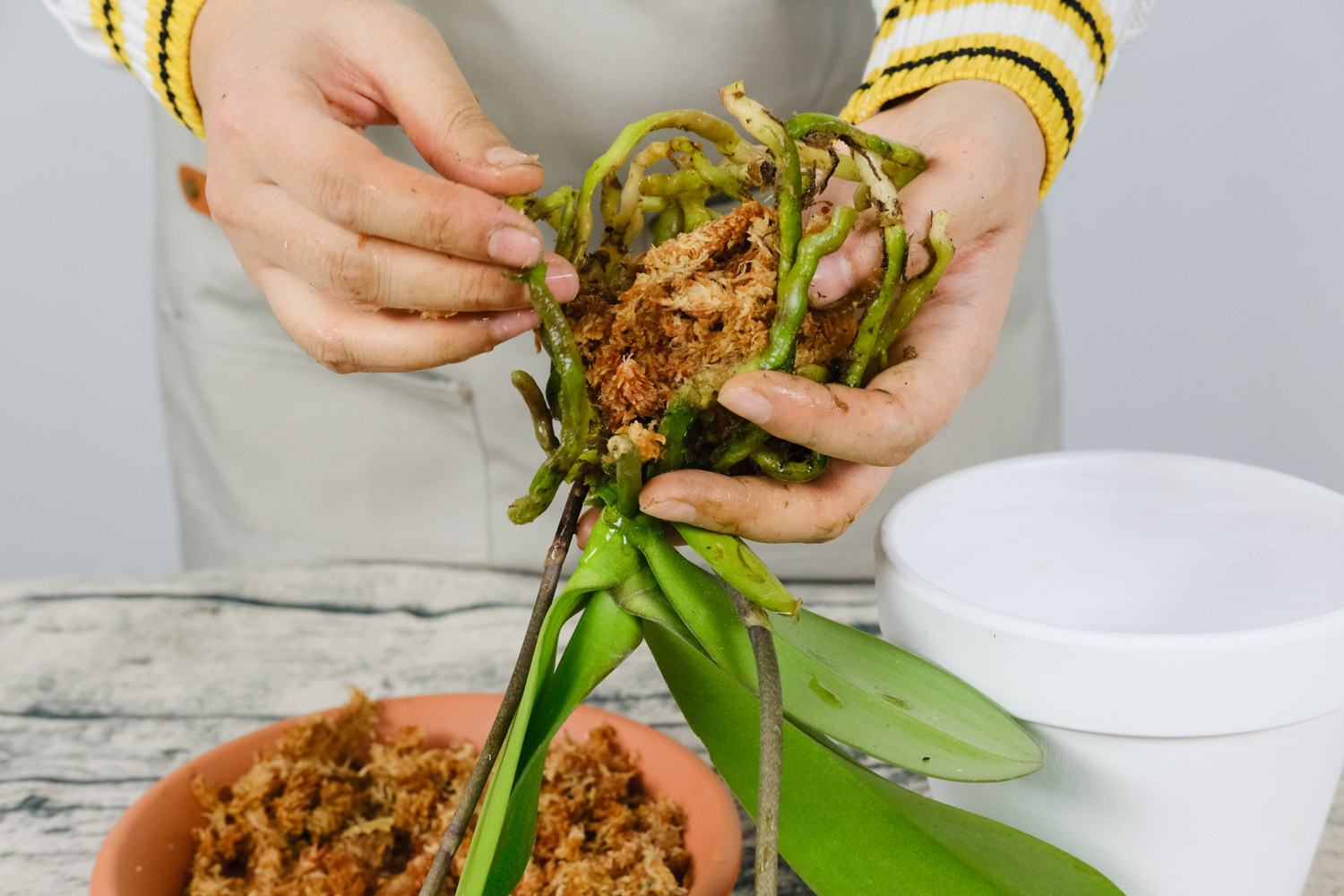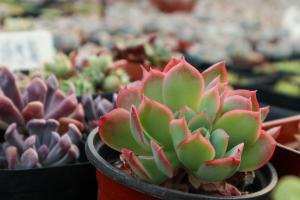1、 Control temperature
The suitable temperature for its growth is about 25 degrees, which is not cold resistant. The temperature in winter is low, so we must first control the temperature. It's best to keep it above 20 degrees during the day and above 15 degrees at night, so as to ensure a smooth winter. If it is lower than 15 degrees, it will stop growing and be frostbitten in severe cases. If the temperature in winter is appropriate, the plant can better accumulate nutrients and promote better flowering and growth in the coming year

2、 Proper watering
In winter, the growth rate of Phalaenopsis is relatively slow and the temperature is low. It is necessary to reduce the amount of water. Before watering each time, watch the dryness and wetness of the basin soil. When the basin soil is dry, water it appropriately, and pay attention not to pour it thoroughly at one time, and the soil on the surface is wet. Also be careful not to put the leaves with water, otherwise it is easy to rot the roots. Watering should be carried out when the temperature is high at noon to reduce damage

3、 Sufficient light
It likes astigmatism environment. The light in winter is very soft. You can rest assured to let it bask in the sun. It is recommended to put it on the windowsill in the south of the room and see light for more than 8 hours a day, which is beneficial to winter and flowering next year. Sufficient light can speed up flowering

4、 Controlled fertilization
Its growth is inseparable from fertilizer. However, fertilization in winter must be determined according to the temperature. If the temperature can be well controlled, it can be controlled above 15 degrees. It can be applied appropriately to ensure sufficient nutrients. If the temperature is low, the plant will stop growing and does not need fertilizer, so it is necessary to stop fertilizer, otherwise the root system cannot absorb and will burn the root

 how many times do yo...
how many times do yo... how many planted tre...
how many planted tre... how many pine trees ...
how many pine trees ... how many pecan trees...
how many pecan trees... how many plants comp...
how many plants comp... how many plants can ...
how many plants can ... how many plants and ...
how many plants and ... how many pepper plan...
how many pepper plan...































